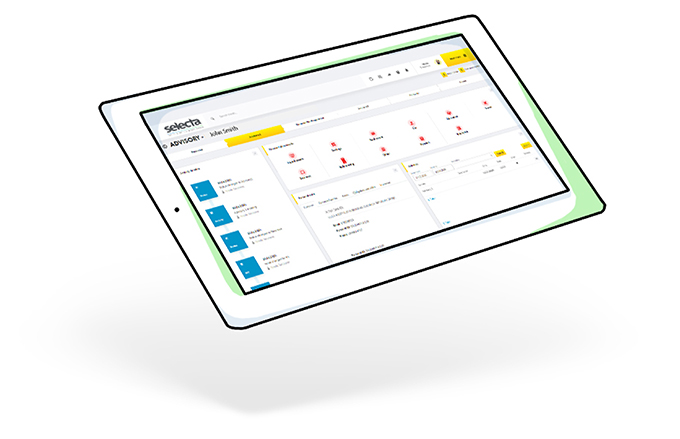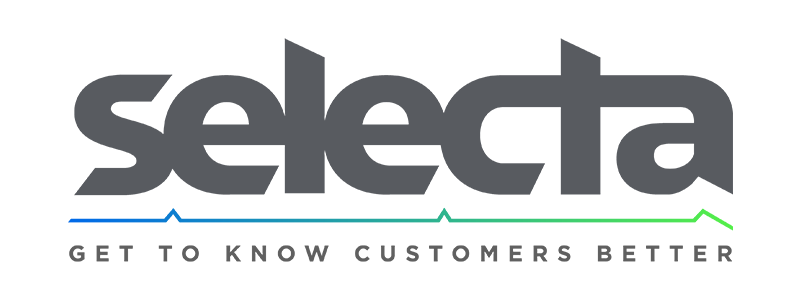How to use data from existing CRM?
The value that data carries is great. Companies today collect large amounts of data, but often do not use the full potential they provide. Companies that strive to digitize their business, use CRM systems and advanced development concepts, gain an advantage over companies that do not work on it. The advantage is reflected not only in more stable business and more efficient business processes but also in a great relationship with customers and expressed customer satisfaction with the products and services provided by these companies.
CRM systems enable the storage and display of customer data, communications with customers, as well as tracking employee tasks, sales metrics and campaigns. For this reason, they represent one of the most comprehensive data sources that a company has. Centralization of data in the form of CRM enables a unique system for use by employees, synchronization of data contained in it, as well as their use for monitoring sales processes, sending offers and filtering employees according to various parameters. The uniqueness of the system allows employees in the contact center or at the point of sale to quickly get the necessary information about customers and react accordingly and adjust the approach to each customer. Data synchronization ensures consistency in the work of all employees and reduces the possibility of error, for example, the provision of contradictory information. Thanks to customer information from the CRM system, campaigns can be personalized by sending appropriate offers through preferred channels to each customer.
A step further is the use of analytical CRM systems and the use of machine learning models to predict different values. These models find even deeper correlations between data of even greater value to the company. The data can be used to segment the customer, predict the next best offer or value that the customer will bring to the company over a period of, for example, a year. Models predict according to previous customer behavior, so history and data quality are very important for obtaining valid results. Different types of customer segmentation provide a better understanding of customer behavior and habits. Companies can tailor communication to the customer according to their segment or movement through segments. For example, if the customer belongs to a segment that represents the potential to move to a premium or loyal segment, the company can act accordingly, sending offers that can motivate the customer to make a purchase. In this way, companies gain insight into the affinities and habits of their customers. Further, accordingly, they can develop existing or new products so they can meet all the needs of one or more customer categories.

Valuable information for the company is also the values that customers will bring to the company in a certain period of time, for example, for a year. The company can use this information to properly invest money in its customers – the content that is created, the channels that are used and the benefits that are given, to maintain or increase customer satisfaction. Knowing from which channel the company gets the most profitable customers, it can invest more in that channel in order to increase the number of customers. On the other hand, if a segment of customers becomes inactive or frequently lodges complaints, the company can assess whether it is profitable to invest in these customers or whether retaining them is a higher cost than profit for the company.
By anticipating customer’s next best offer, companies can manage campaigns and customer activities more efficiently. Sending bulk messages to customers puts quantity ahead of quality. Using the results of the machine learning model, we try to offer and communicate as much as possible, so that each customer gets a unique experience. The cost of sending bulk campaigns and messages to customers is directed to sending campaigns to the customers most likely for a particular product. In this way, customer targeting is more precise, which directly affects the success of the campaign itself. In addition to selecting the right target group, data on the preferred customer channel further affects customer satisfaction and increases the personalization of the customer experience.

On the other hand, models for predicting the termination of use of a bank’s product or service are churn models. By using them, the bank can react in time to the degradation of the customer and the increase of his dissatisfaction with the bank’s services with the main goal of preserving the customer base. In case the bank knows that a customer has a high churn, they can check which is the next best offer for him, as well as what his customer lifetime value is, so they can react accordingly. If it is a customer whose CLV grows in the next year, the bank can forward him the next best offer with customized conditions just for him and thus affect the customer’s loyalty to the bank. Otherwise, if the CLV parameter is low, the bank can provide benefits that do not represent a large cost, ie. investment for the bank.
Get to know
your customers
better.
FAQ | Finance | Banking | Telecommunications | Retail | Why Selecta | How it Works




You must be logged in to post a comment.